Gathering your students’ phonics knowledge can be done in several different ways. You could look at a spelling inventory. Or listen to them read. You could also look at a writing sample. Let’s take a look at how you can use writing as an assessment for phonics.
Phonics includes the connection between letters and the sounds they make. We all know phonics can be tricky and our sound system has a lot of rules, but your students’ writing can give you a lot of insight into what they do know.
Phonics and writing go hand in hand. Students use their knowledge of letter and sound relationships in writing to encode words, which gives us an idea of what our students can apply to spelling.
Assessing phonics knowledge can be implemented anytime you’re watching your students read or write. So a quick phonics assessment is something all teachers can buy into.
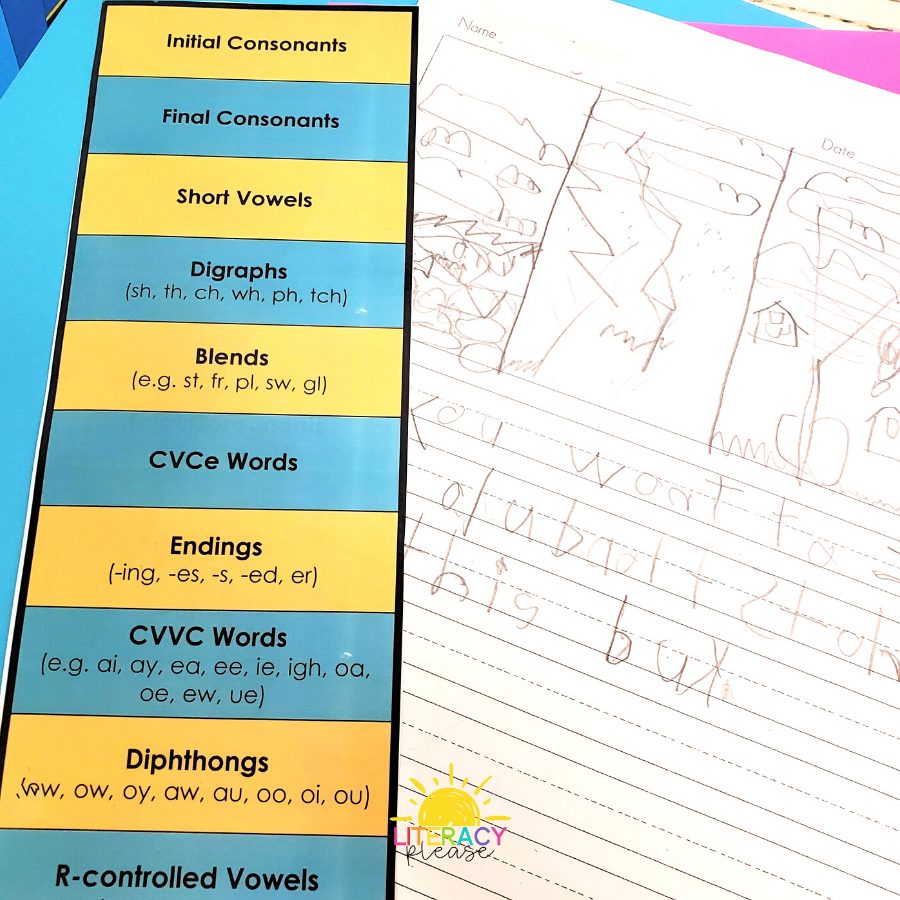
Getting Started
You will need:
- writing sample from each student
- note taking chart
- list of spelling patterns
Begin by choosing a writing sample for each student. Make sure it’s one that the students completed on their own. Have the list of spelling patterns handy to remind you what to look for in your students’ writing. The patterns progress from what students learn first to what they learn last.
If you’re using brave spelling with your students, this is also a great place to assess which spelling patterns your students know.
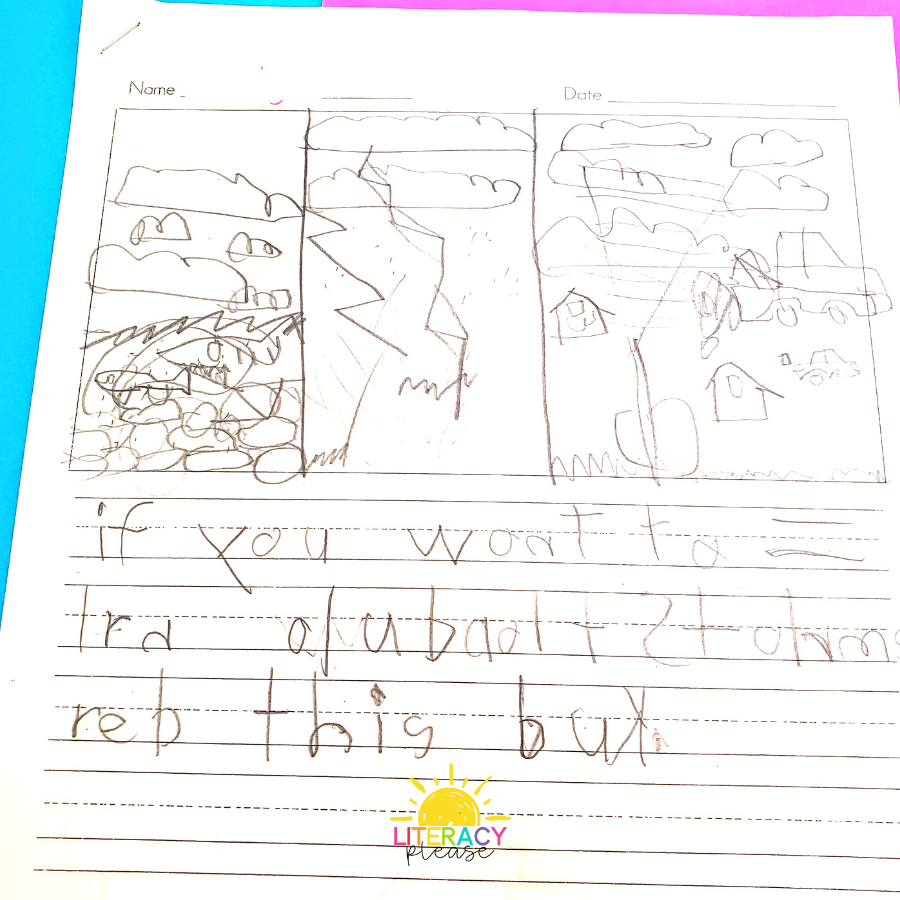
Chart the Words
Next, begin charting the words the student spelled correctly and incorrectly. As you are assessing phonics knowledge, you’ll begin to notice what your students understand and holes you’ll need to fill with instruction. Keep in mind, you do not need to chart every word your students write. You’ll get the idea after a page or two or three.
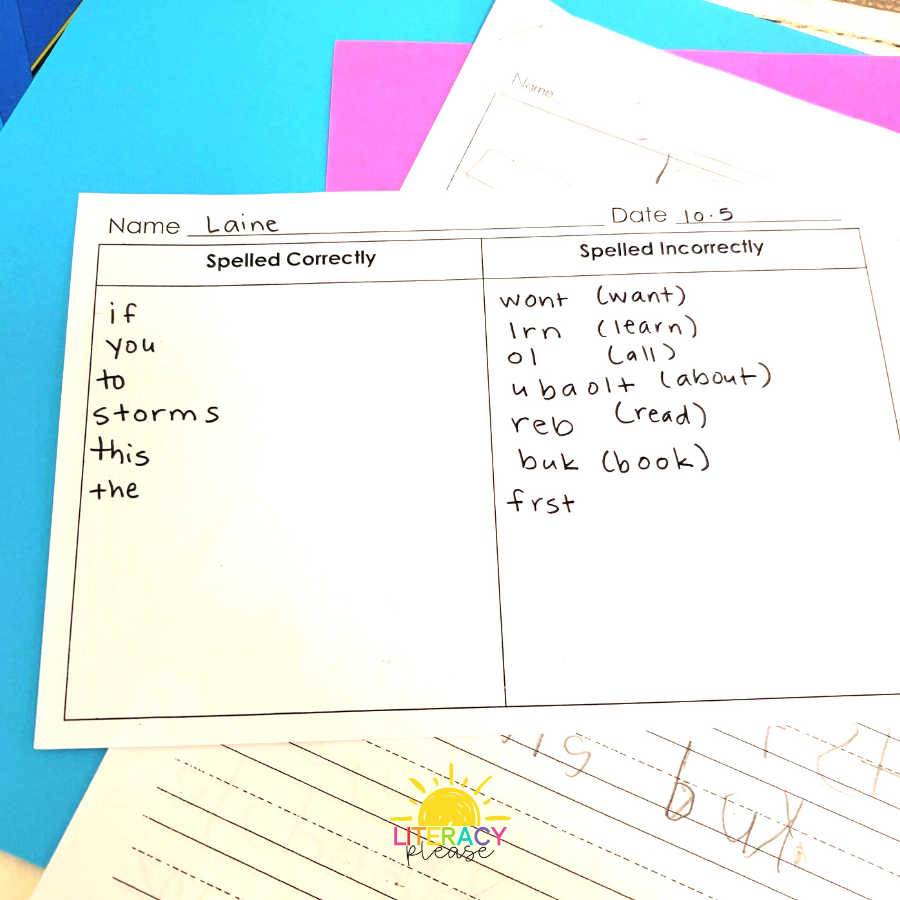
Look for Trends
Look at the words the student spelled incorrectly and note what the student missed, whether it be digraphs, short vowels, or blends. Using the phonics assessment sheet, you’ll begin to notice trends.

After looking over this student’s writing you’ll notice:
| Strengths | Next Steps |
| most high frequency words spelled correctly digraphs blends | Teach the word all Suffix (-ed) Vowel teams (CVVC) Diphthongs R-controlled vowels |
Take a look at when these spelling skills will be taught throughout your school year. Your student may have several next steps, but there’s a possibility you’ll be covering these in the future. Especially if you teach the lower grades.
Now What?
Use this information to decide what phonics instruction the student needs. You can use this information in several ways:
- creating small groups for phonics instruction
- interactive writing with a focus on area of need
- focus during editing of writing
- mini lesson during reading lesson or small group lesson
See? Easy as pie. Get your hands on this resource by visiting The Nook.
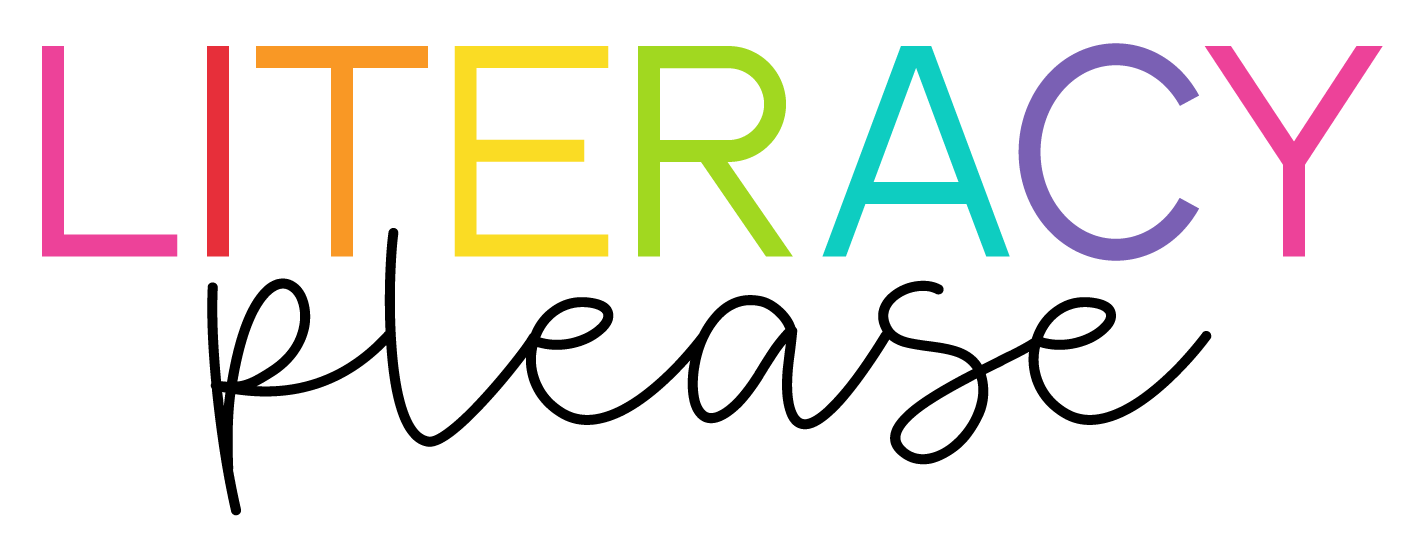

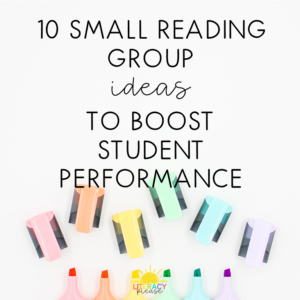
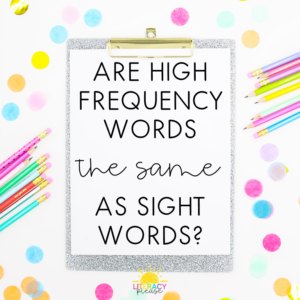
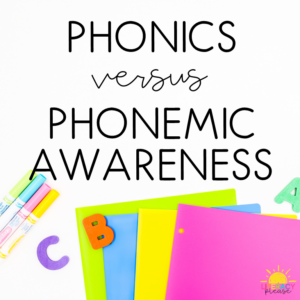
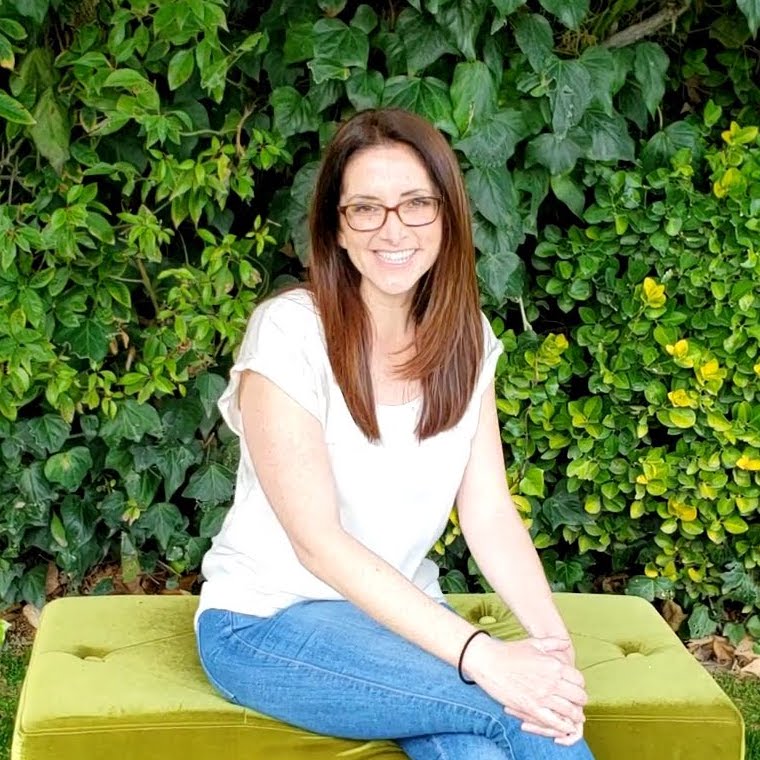
One Comment
I love this! This writer has a lot of strengths when you break it down.